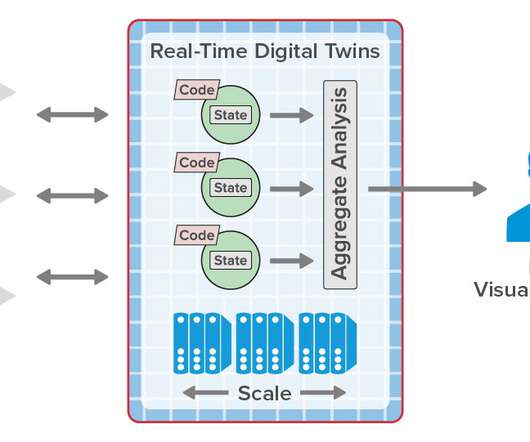In-Stream Big Data Processing
Highly Scalable
AUGUST 20, 2013
The shortcomings and drawbacks of batch-oriented data processing were widely recognized by the Big Data community quite a long time ago. The engine should be compact and efficient, so one can deploy it in multiple datacenters on small clusters. High performance and mobility. Pipelining.















Let's personalize your content